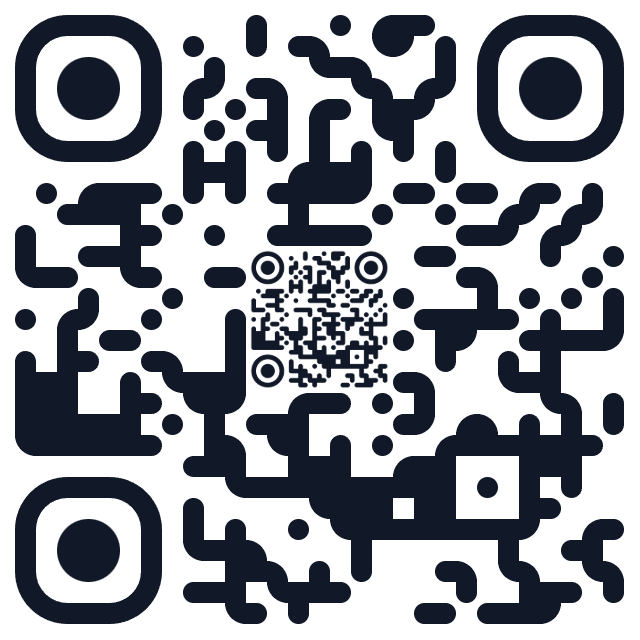Frequently Asked Questions
Find answers to common questions about our QR Code Generator.
A QR Code (Quick Response Code) is a two-dimensional barcode that can store various types of information such as URLs, text, contact details, WiFi credentials, and more. QR codes can be scanned using smartphone cameras or dedicated QR code scanner apps, making them a convenient way to share information quickly.
Yes! Our QR Code Generator is completely free with no hidden costs, subscriptions, or limitations. You can create unlimited QR codes and download them in multiple formats (PNG, JPG, SVG) without paying anything.
No, you don't need to create an account or sign up. Simply visit our website, enter your text or URL, customize your QR code if desired, and download it instantly.
No. All QR codes are generated locally in your web browser using JavaScript. We do not transmit, store, or have access to the content you encode in your QR codes. Your privacy is our priority.
You can download your QR codes in three popular formats: PNG (raster image, great for web and print), JPG (compressed raster image), and SVG (vector format, perfect for scaling without quality loss).
Yes! Our generator offers multiple customization options including different patterns, corner styles, colors for both the QR code and background, and the ability to add your logo in the center of the QR code.
Absolutely! You can upload your company logo or any image to be placed in the center of your QR code. This helps with brand recognition while maintaining scannability. You can also adjust the logo size and margin.
For optimal scanning, we recommend a minimum size of 2 x 2 cm (0.8 x 0.8 inches) for print materials. However, larger is generally better, especially if the QR code will be scanned from a distance. Our high-resolution export ensures your QR codes look crisp even when printed large.
No. QR codes generated with our tool do not expire. Since the data is encoded directly into the QR code image itself (not stored on our servers), it will work indefinitely as long as the destination URL or content remains valid.
Our basic QR code generator creates static QR codes that cannot be tracked. If you need scan tracking and analytics, you would need to use a URL shortener service with tracking capabilities (like Bitly) and encode that shortened URL in your QR code.
You can encode various types of content including: website URLs, plain text, email addresses, phone numbers, SMS messages, WiFi credentials, vCard contact information, geographic coordinates, and more. Simply enter the appropriate format in the text field.
Common reasons include: the QR code is too small, poor contrast between the code and background, the code is damaged or distorted, or there's insufficient lighting. Ensure your QR code has good contrast, is large enough, and test it with multiple devices before distribution.
Static QR codes (like those generated by our tool) cannot be edited after creation. If you need to change the destination or content, you'll need to generate a new QR code. Alternatively, you can encode a URL shortener link that you can update later.
Yes, QR codes are case-sensitive. "Example.com" and "example.com" would be encoded as different values. Make sure to use the exact URL or text you want to encode.
Yes! QR codes you generate using our service belong to you and can be used for any lawful purpose, including commercial use, without attribution (though we appreciate it if you mention us!).
Error correction allows QR codes to remain scannable even if partially damaged or obscured. Higher error correction levels mean the code can withstand more damage but will be larger and more complex. Our generator uses optimal error correction settings automatically.
Most modern smartphones (iOS 11+ and Android 8+) have built-in QR code scanning in their native camera apps. Older devices may require a dedicated QR code scanner app from the app store.
Our current web interface is designed for creating individual QR codes. For bulk generation, you would need to use our service multiple times or consider using a programmatic solution.
While QR codes can technically store up to 4,296 alphanumeric characters, we recommend keeping content concise. Longer content creates more complex QR codes that are harder to scan and require higher resolution for printing.
On most modern smartphones, simply open your camera app and point it at the QR code. A notification will appear with the encoded content. On older devices, download a free QR code scanner app from your app store.
Still have questions?
If you couldn't find the answer you're looking for, feel free to reach out to us. We're here to help!
Contact Us